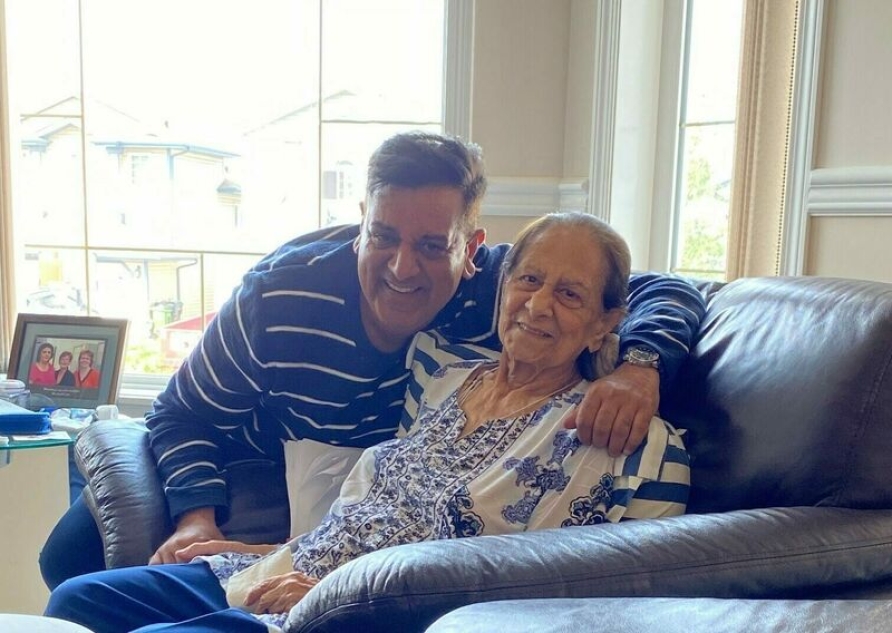Connections. They are vitally important. We are connected to family, friends, colleagues, acquaintances, certain places, and even people we don’t know but are familiar and important to us, like the barista at the coffee shop. Since the pandemic began and people were told to stay home, the way in which we connect has been challenged, if not outright impossible, in some instances.
A common definition of connection is a relationship in which a person, thing, or idea is linked or associated with something else. Every one of us can share a story about how we lost connection with things or people we valued. In some circumstances, even though the frequency of connection did not change, just knowing we could not connect with a person or place in a familiar way left us feeling confused, isolated, and unhappy.
For me, it was the loss of connection to my mother. My mother lives in Edmonton with my eldest sister. Even though my mom and I don’t talk that often on the phone, I would try to see her once or twice a year. It was Mommy-and-me time for us to chat, eat our favourite foods, and just be. Just sitting on the couch and watching the news together while I held her hand, not saying a word, spoke volumes to the strength of our connection. It was a connection that conveyed to her — you matter to me.
So, you can imagine our sadness when non-essential airplane travel was deemed unsafe. In the nomenclature of the pandemic, seeing my mother was not “essential”. Imagine her thoughts at 89 years old. To us, those in-person visits were vital to our mental and emotional well-being! This sentiment was shared by so many who couldn’t see or connect with their loved ones in the way they would have liked during this pandemic. I know my fear that the last time we saw each other could be our last was also shared with so many others. What the pandemic has taught many of us is that connections shift and evolve but our human nature to connect with one another is paramount to our sense of self. We derive meaning from connection, and we define ourselves by virtue of our connections.
As I extend this thinking into my work life, one of the things I observe is that what motivated the creation of NDRIO is our human desire for connection. Through coming together as a system, we can ensure that we do not lose our connections. For me, a “system” is a set of things working together as parts of a mechanism or an interconnecting network. Having been a member of this sector for many years, I witnessed our interconnections falling by the wayside. We stopped connecting with one another and no longer defined ourselves by the common threads that bind us.
One of the reasons I have spent several months conducting listening tours, and meeting people virtually, is I, personally and professionally, needed to feel that connection again. I wanted to convey sincerely that we’re in this together and that by the virtue of our work, our passion for this sector, and our shared experience of this pandemic, we are connected. Change is ahead. But we’ve been here before, haven’t we? We will get through it and come out the other end, I believe, better for it. How do I know? Because it is my sincere ambition for our system that we re-establish our connections as we collectively complete the needs assessments and the design of a new national service delivery model. Through this work, we define the elements of what we do and who we are as servant leaders to Canadian researchers.
So next time someone asks you how we are all connected, tell them: “We are the interconnected supports, infrastructure, and services that enable researchers to achieve their ambitious ideas and innovations for humanity.” We are Canada’s Digital Research Infrastructure organization, and we will propel Canada onto the global stage of the knowledge economy. This infrastructure is led and run by people, and you all matter to me. How’s that for a connection?
